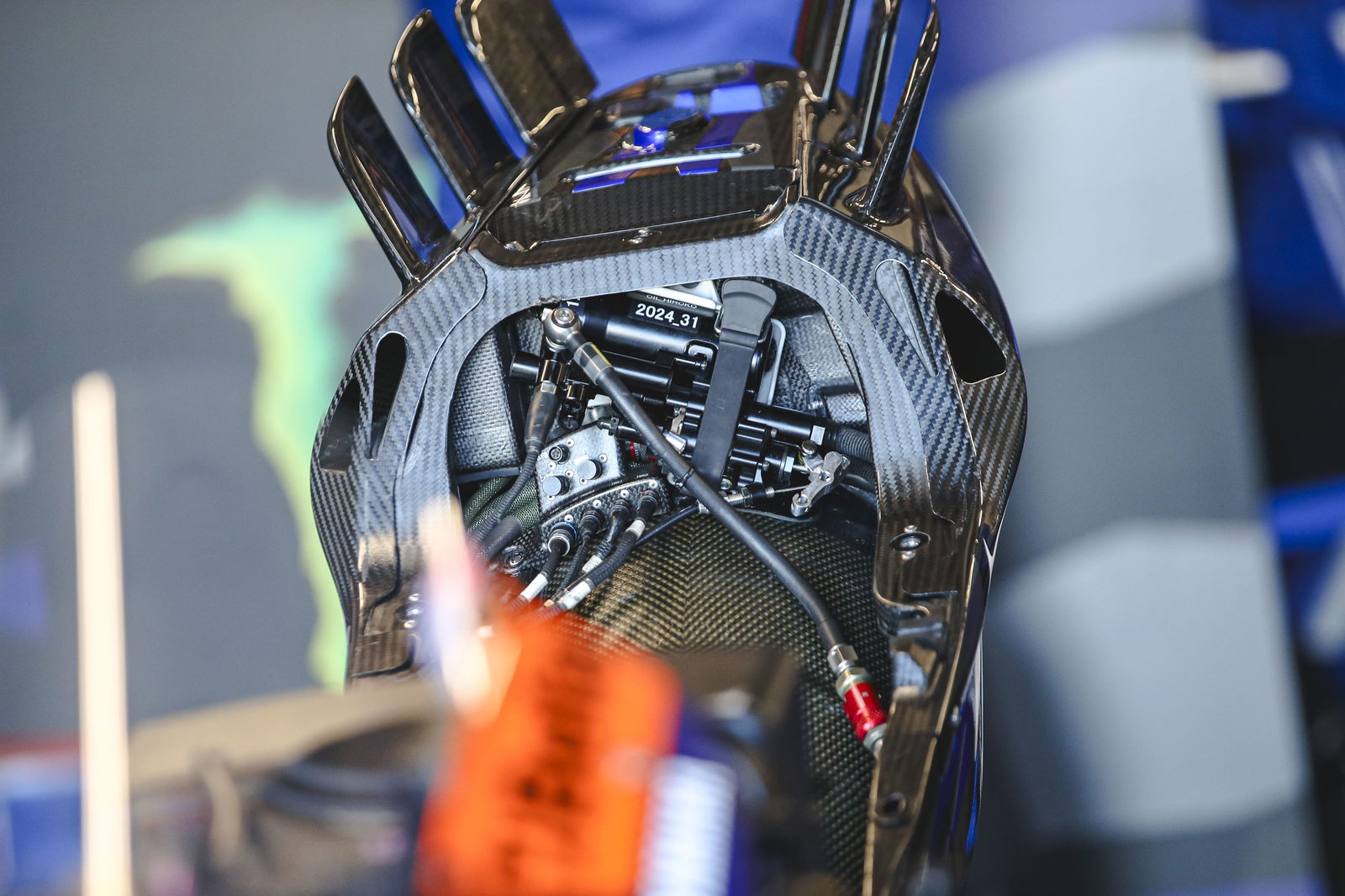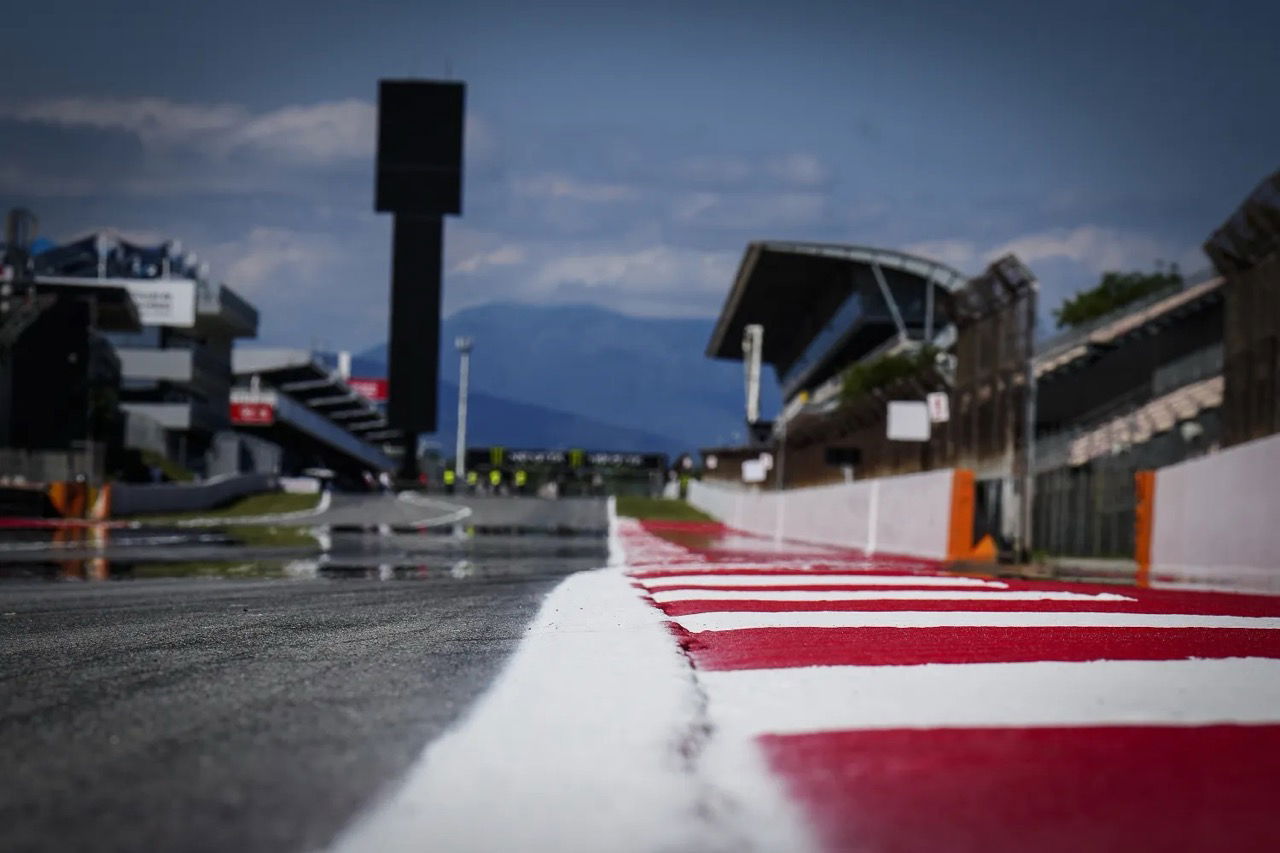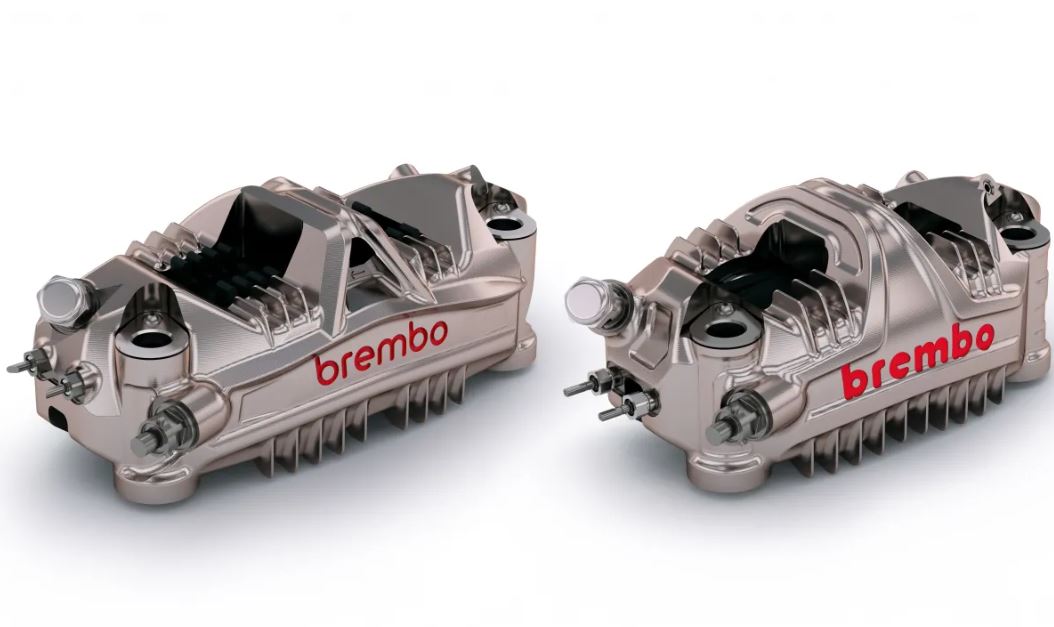Interesting Theory Revealed Behind Yamaha’s New V4 Engine
Yamaha has revealed an unexpected theory behind its impending switch to a V4 engine in MotoGP

Yamaha has revealed its switch to a V4 engine is not because it wants more power, but instead to make the bike smoother with Michelin tyres.
Michelin is the tyre manufacturer for MotoGP and compared to the Bridgestone era, greater emphasis has been put on extracting more performance from the rear of the bike.
Yamaha has enjoyed success on both tyre compounds, however, most of its championship wins came before the switch to Michelin and in recent seasons Yamaha has trended backwards compared to its rivals, all of whom use a V4 engine which is allowing them to extract better performance from the rear tyre.
That, and not power, is the main reason behind its impending switch to a V4 engine which could come into force midway through 2025. Yamaha technical director Max Bartolini revealed to Crash.net: “With the V4, everybody thinks about the engine itself. But I think the biggest advantage is from the layout of the bike, more than from the engine.
“In terms of pure power, honestly, listening to our engine department, it shouldn’t be a big difference. But there are some ways to manage the layout of the bike that will be a little bit easier with the V4. And also to go more in the direction of the tyres, because it's always a matter of making the tyres work.
"Yamaha was pretty good with Bridgestone. And for sure they have had many good races also with Michelin. But Michelin is more [about] using the rear tyres than the front. This is kind of where the [V4] engine layout can help; to build the bike around the engine in that [rear tyre] direction. So that is the challenge.
“Honestly, to make the [V4] engine is difficult, but I think it's more [important] to make the bike around the engine.”

As a result of switching to a V4 engine Bartolini expects the M1 to become narrower which should aid the bike’s aerodynamic package.
He added: “First, aerodynamic-wise the [V4] bike should be 10 to 15 centimetres narrower, and this normally will help aerodynamics a lot. Then weight distribution, bike layout, will go a little bit ‘more backward’. Easier to manage.
“In general, those two points are good enough to help. And also, normally a V4 engine is a little bit lighter than an inline-four.
“So everything goes in the direction that maybe you can have an advantage [with the V4]. But this doesn't mean it will [automatically] be the best. Because still we need to make a bike and prove that it's faster than the actual one now!”
Find all the latest MotoGP news on Visordown.com.


 (1)_0.jpg)